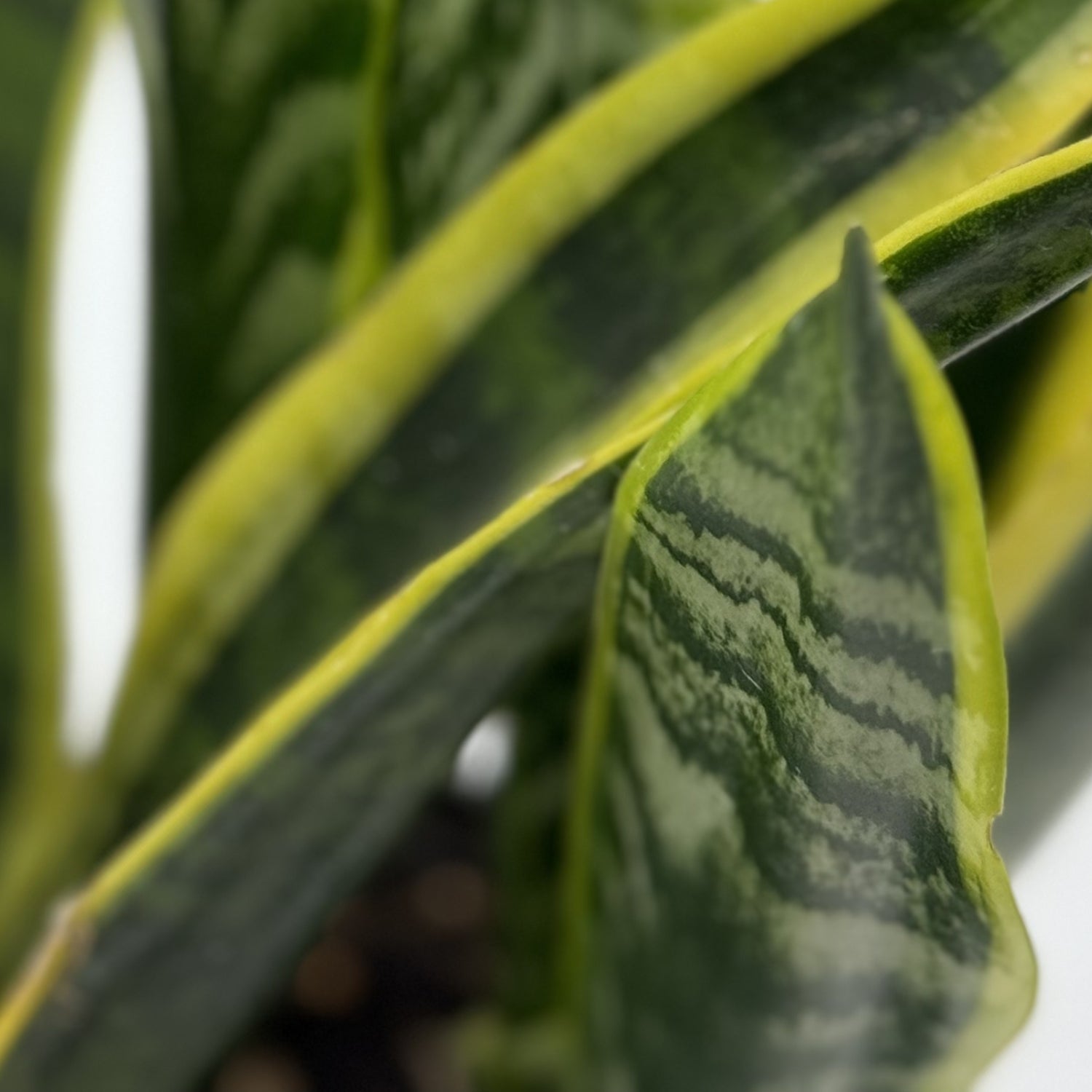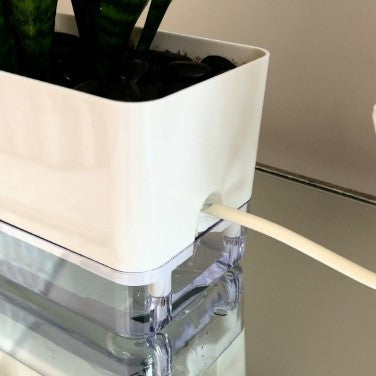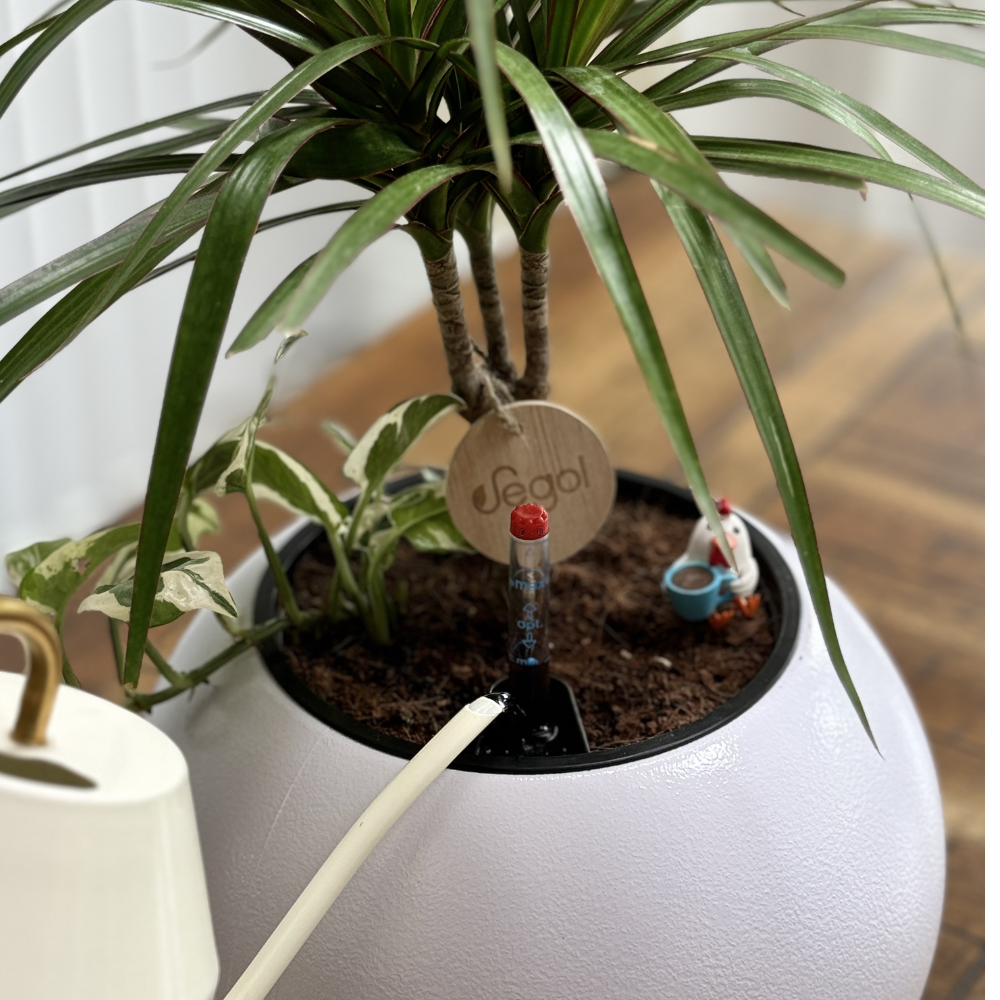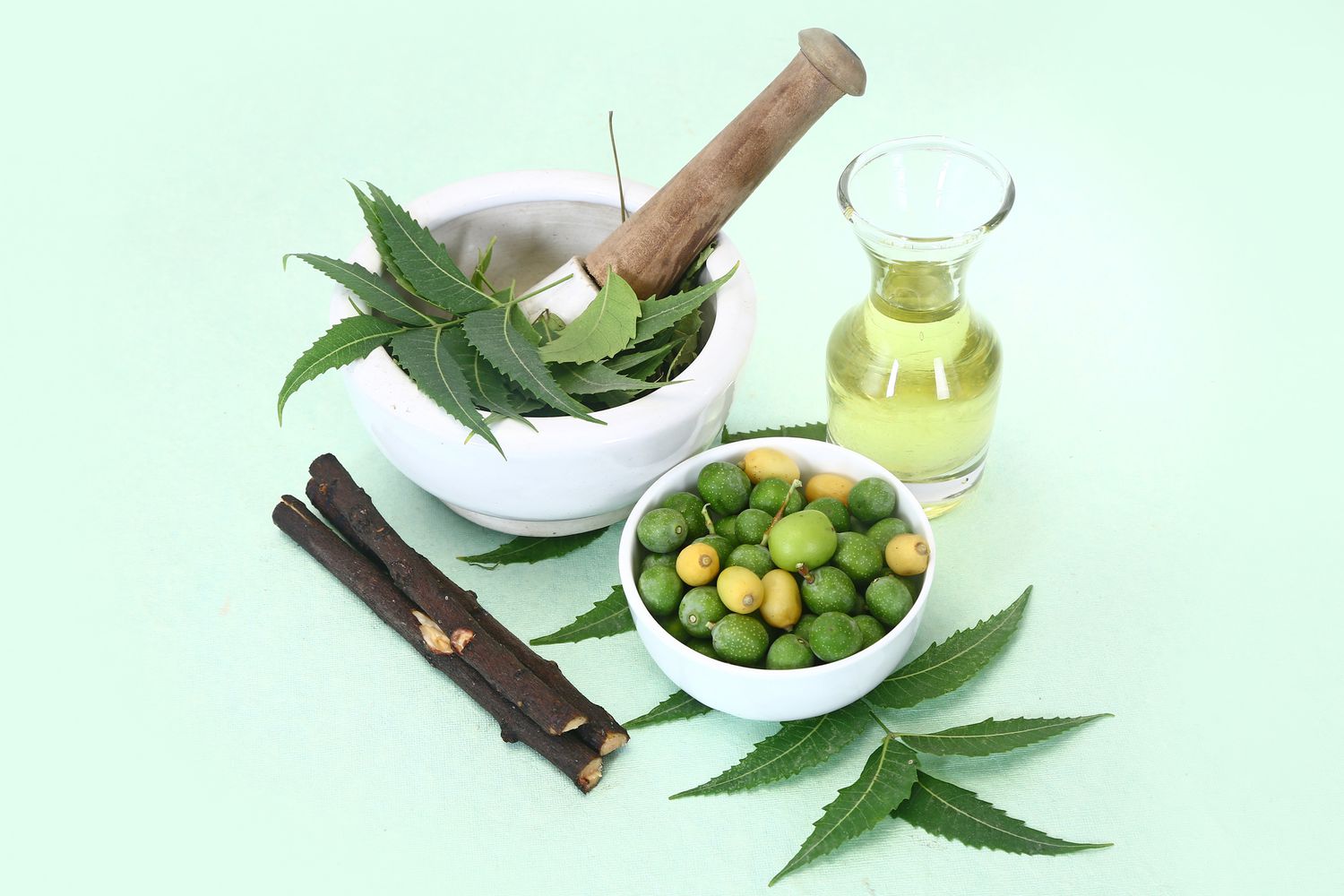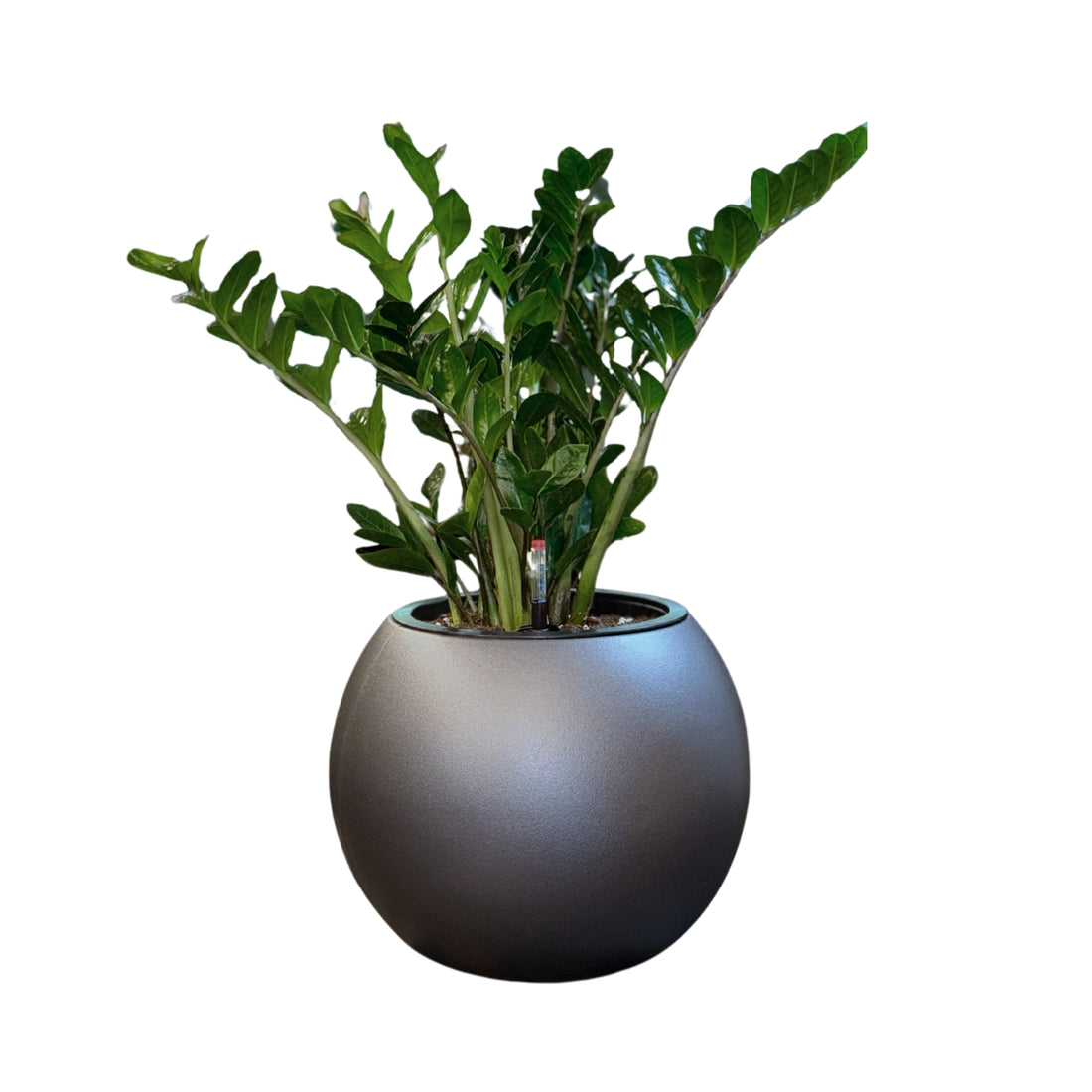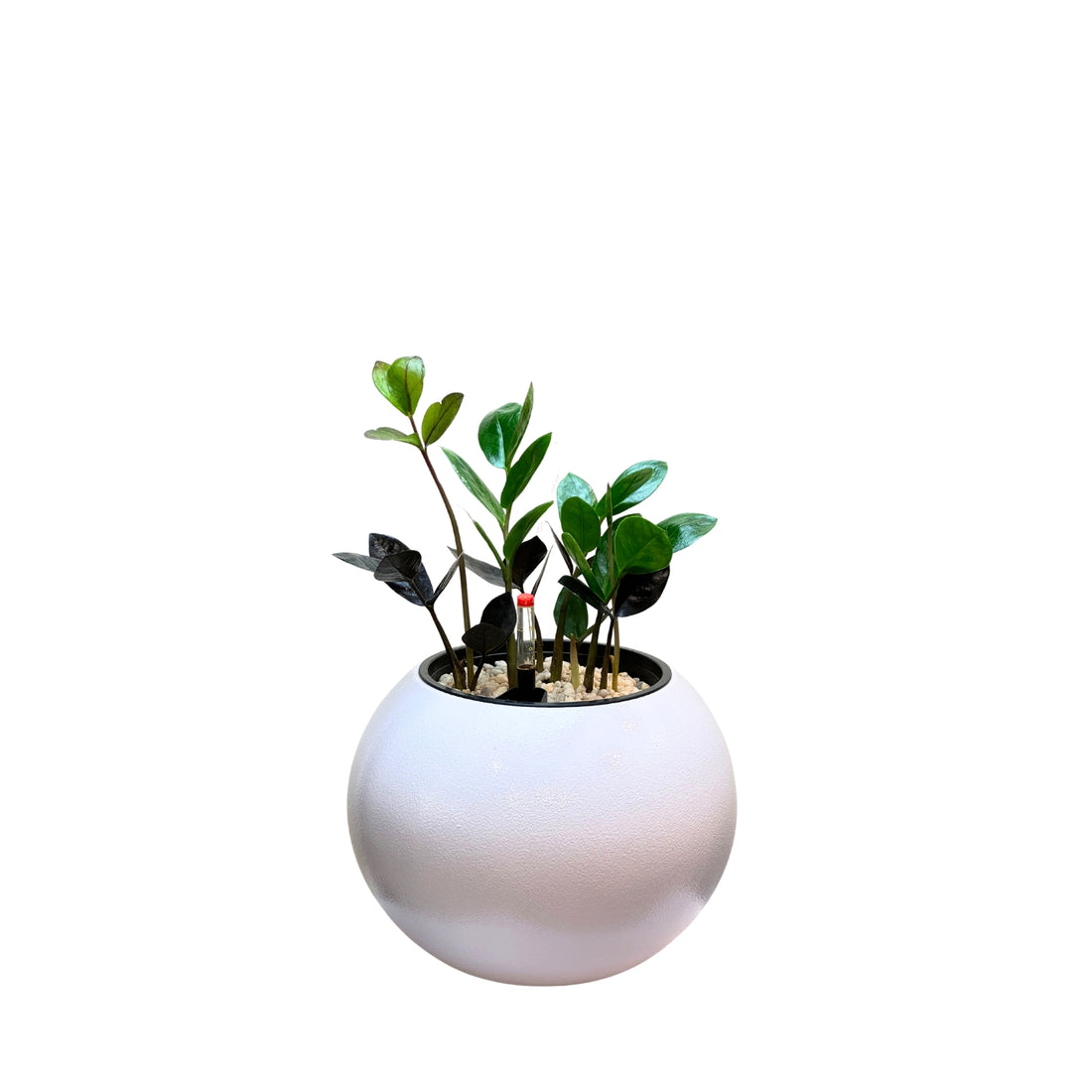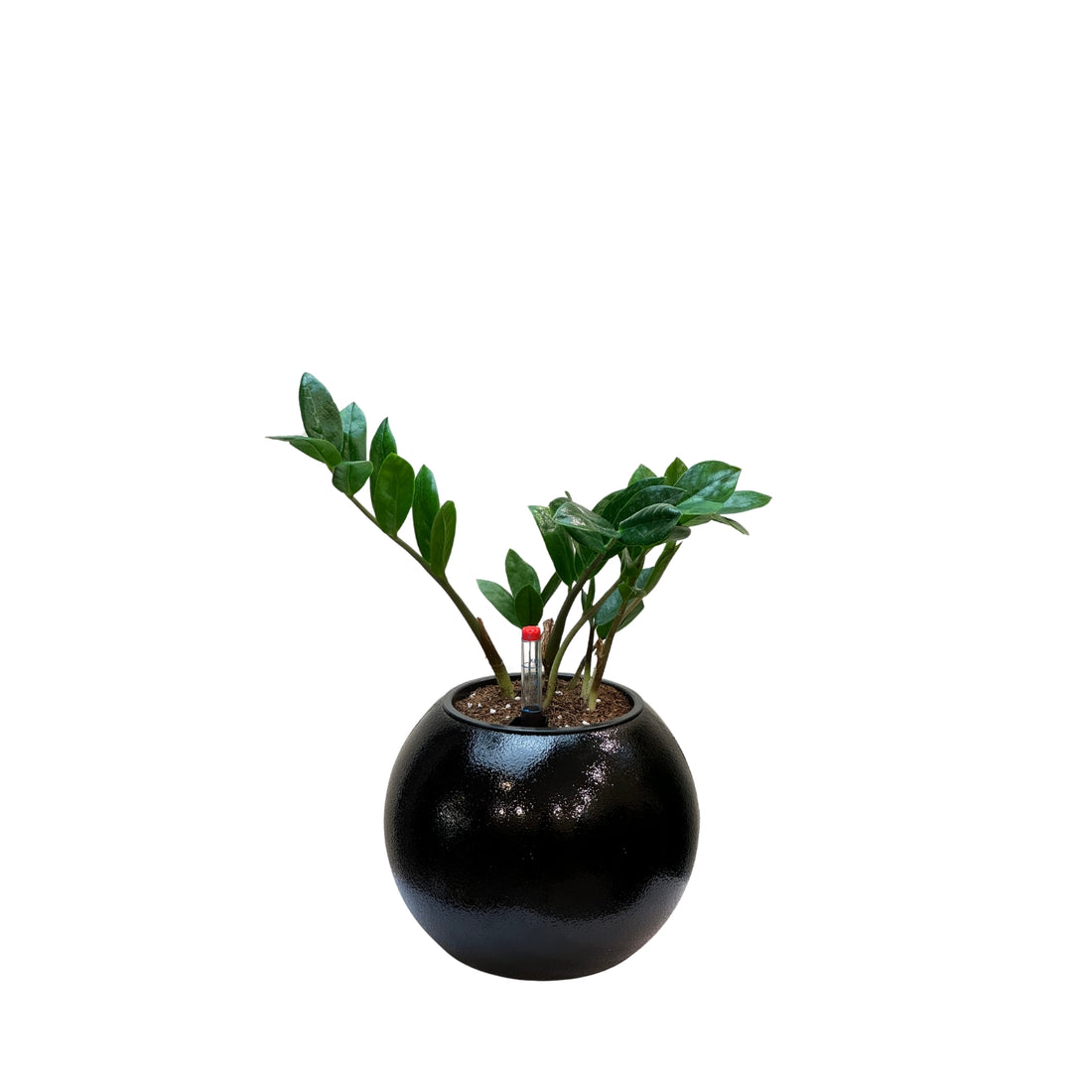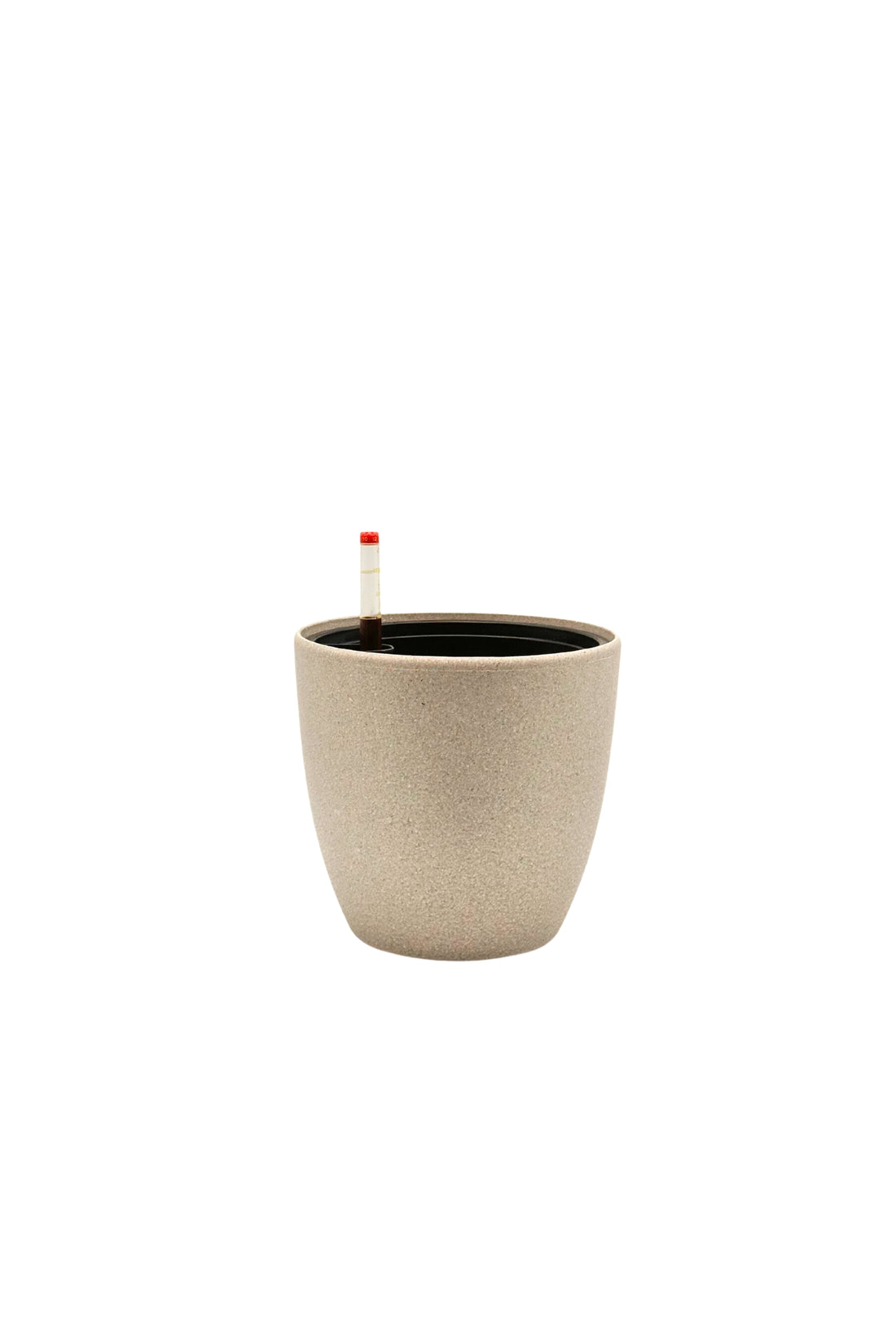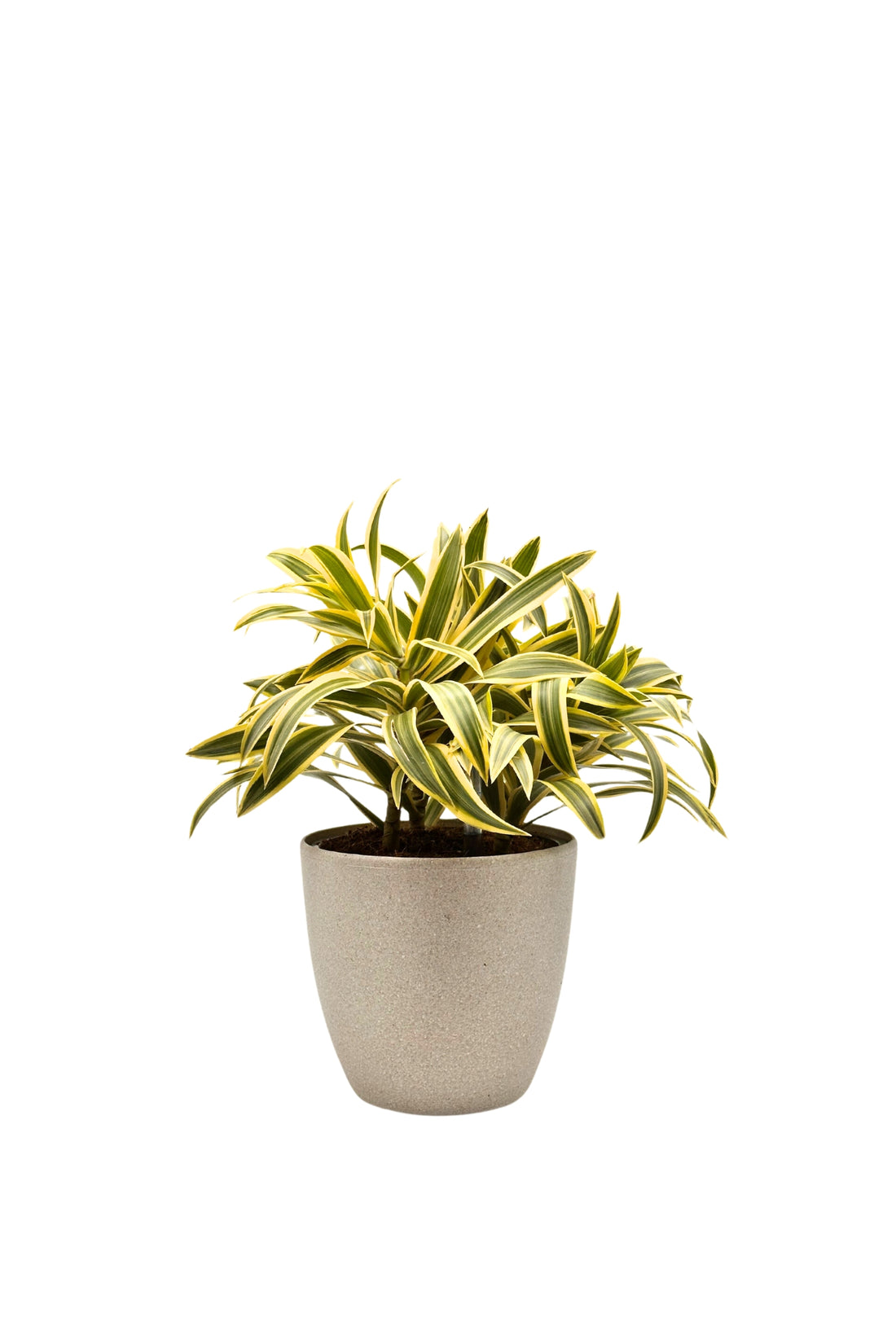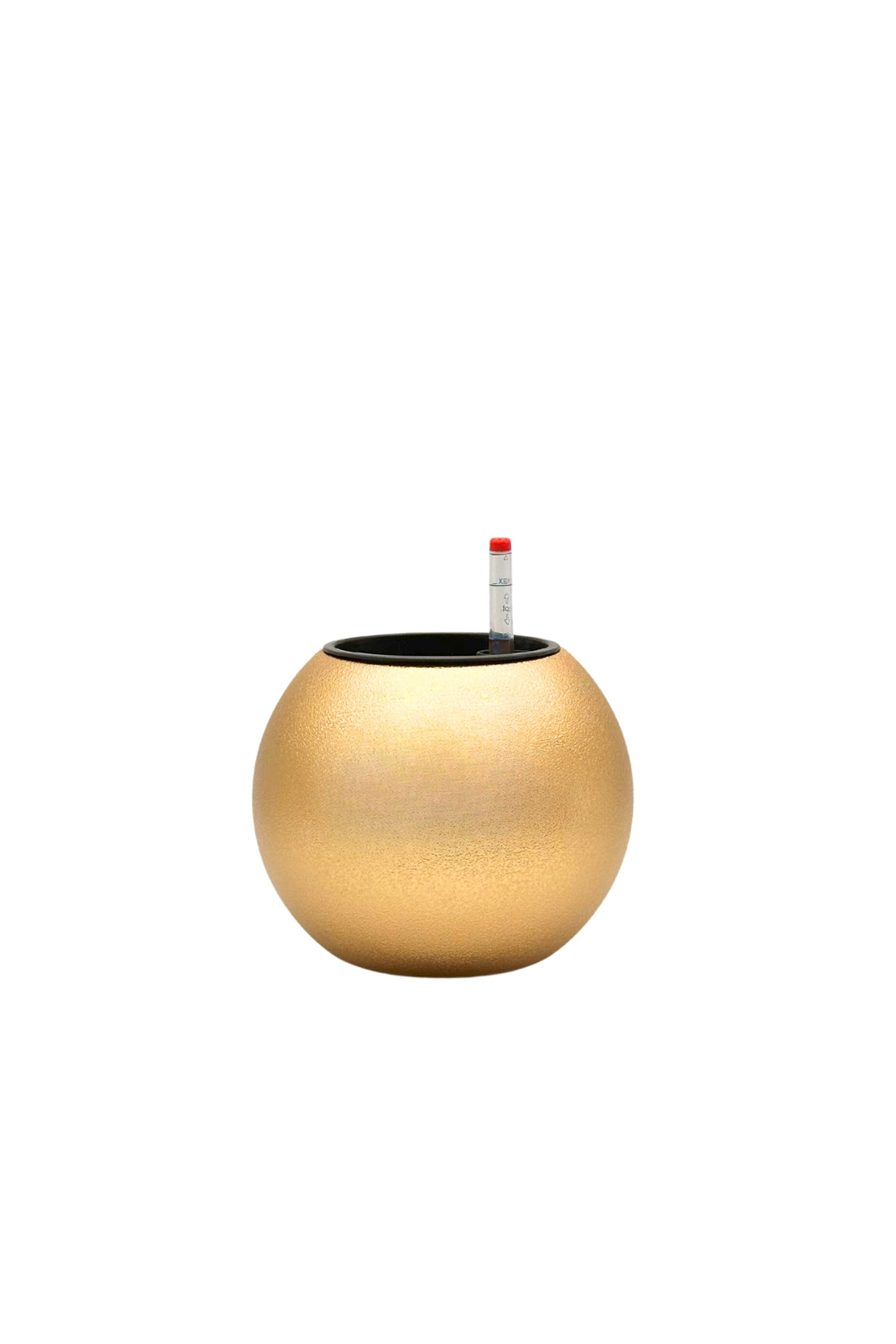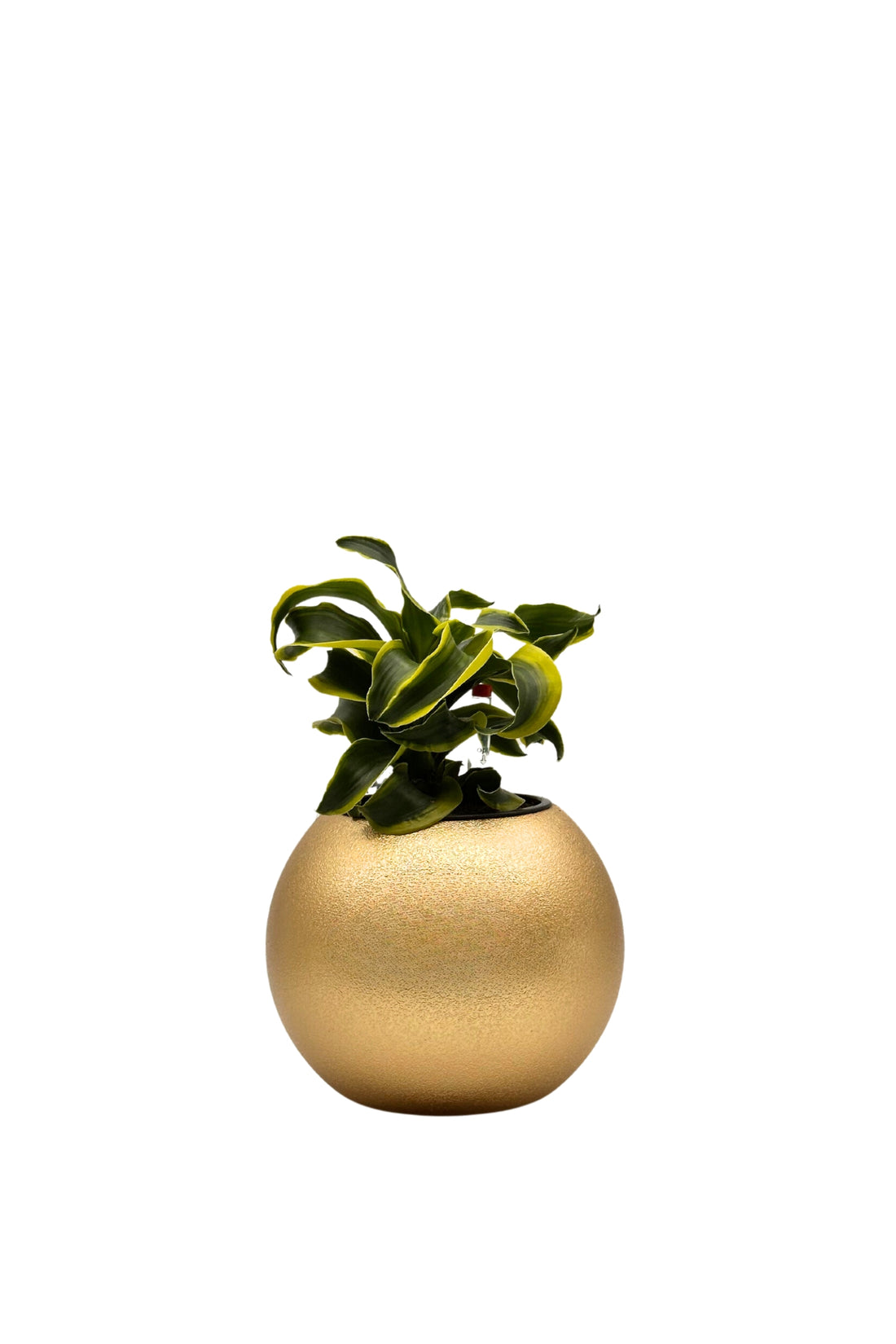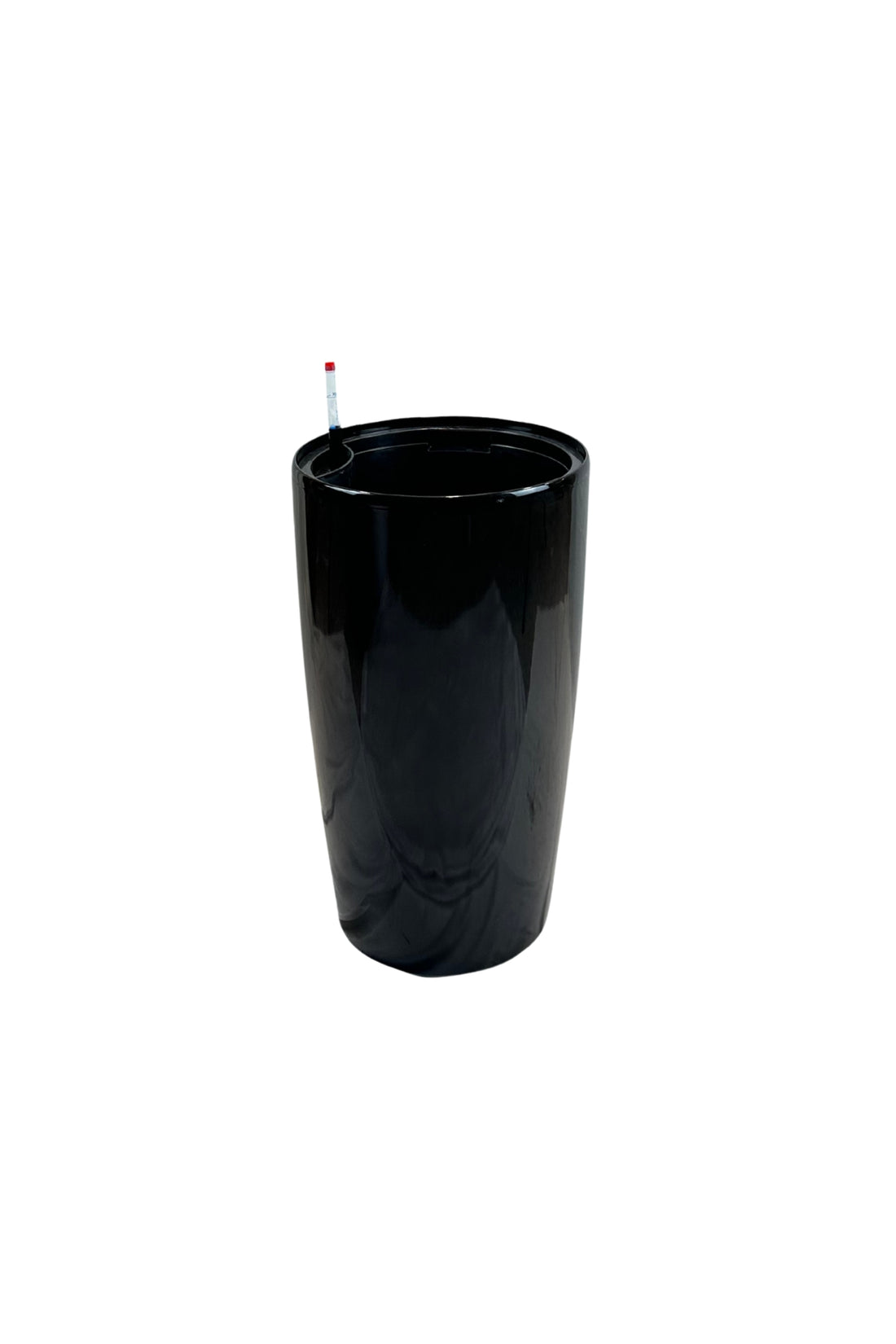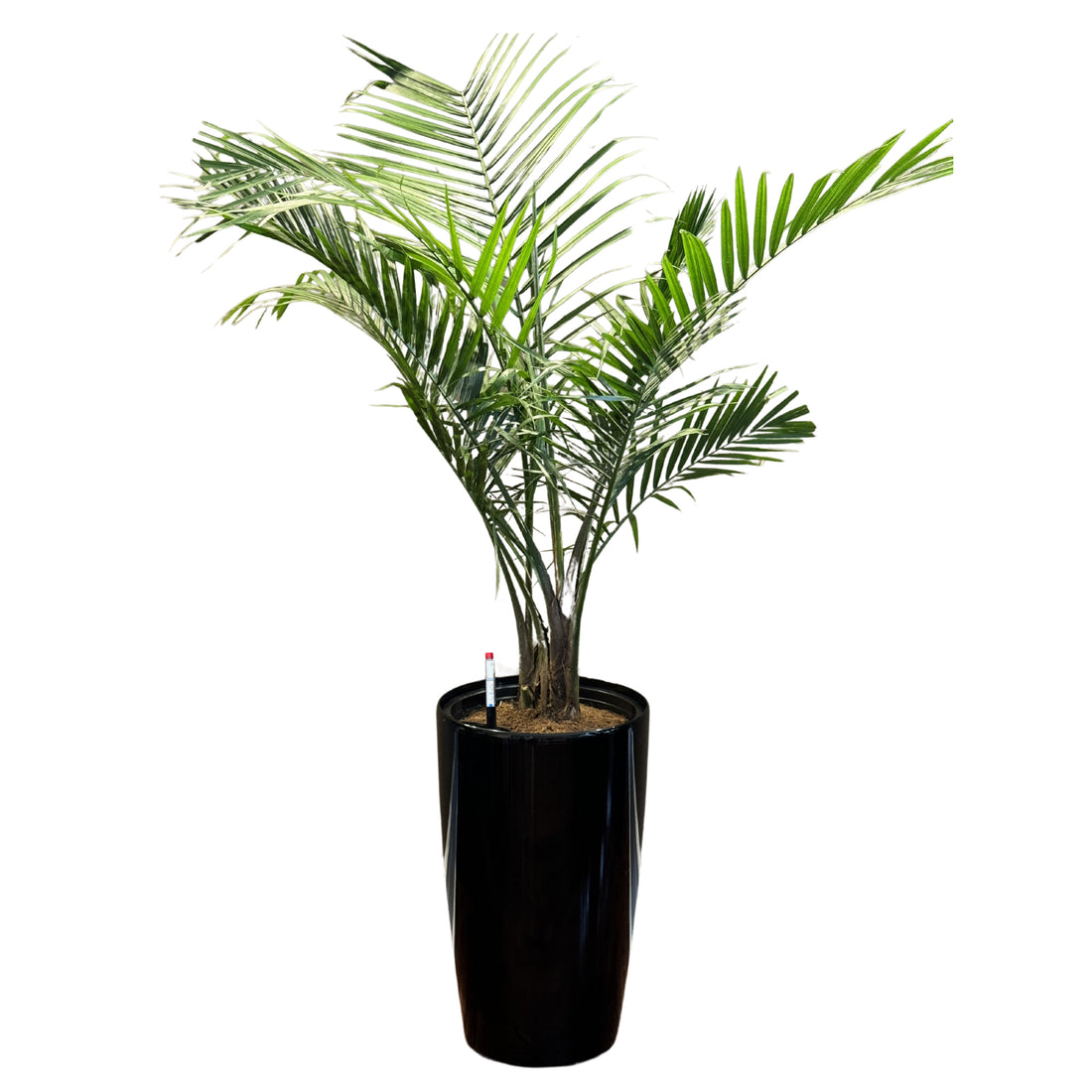Sansevieria, commonly known as Snake Plant or Mother-in-Law's Tongue, is renowned for its hardiness and low maintenance requirements, making it an ideal choice for both gardening novices and those with a busy lifestyle. Here's a comprehensive guide to maintaining a Sansevieria plant:
-
Light: Sansevieria is versatile when it comes to lighting. It thrives in anything from low light to direct sunlight. However, moderate to bright indirect light is ideal. Too much direct sunlight can scorch the leaves, while very low light may slow growth and dull the leaf colors.
-
Watering: The plant's water needs are minimal. It's essential to let the soil dry out completely between waterings. Overwatering is the quickest way to harm this plant, as it can lead to root rot. In a self-watering pot, ensure the reservoir doesn't keep the soil constantly wet. During winter, reduce watering frequency further.
-
Soil: Use a well-draining potting mix. A mixture containing sand or perlite can enhance drainage, preventing water from pooling around the roots. The self-watering pot should also have adequate drainage to ensure excess water can escape.
-
Temperature and Humidity: Sansevieria prefers temperatures between 55-85°F (13-29°C) and can tolerate dry air. However, it's best to avoid placing it in drafty areas or near heating and cooling vents. Extreme cold or sudden temperature changes can stress the plant.
-
Fertilization: Feed the plant with a general-purpose houseplant fertilizer during the growing season (spring and summer), following the product's instructions for dilution and frequency. Over-fertilization can harm the plant, so it's better to under-fertilize than overdo it.
-
Repotting: Sansevieria enjoys being root-bound to some extent, so repotting isn't needed often—usually every 2-3 years or when the roots outgrow the pot. When repotting, choose a pot only one size larger to avoid overly spacious soil that stays wet for too long.
-
Cleaning and Pruning: Wipe the leaves with a damp cloth to remove dust. This not only keeps the plant looking fresh but also ensures the leaves can efficiently perform photosynthesis. Prune any damaged or dying leaves at the base to encourage new growth.
-
Pests and Problems: Sansevieria is relatively pest-resistant. However, watch out for common houseplant pests like spider mites and mealybugs. Treat infestations promptly with insecticidal soap or neem oil. Avoid overwatering to prevent fungal problems.
By following these care tips, your Sansevieria plant will not only survive but thrive, adding a touch of green elegance to your space with minimal effort.
